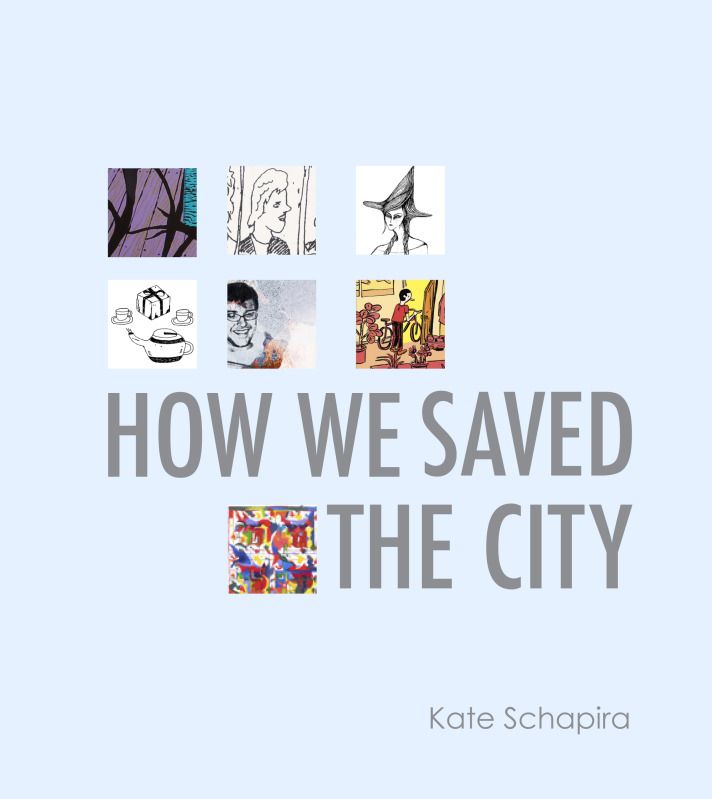Poems in praise of a city are nothing
new to American literature. William Carlos Williams immortalized
suburban New Jersey with Paterson, and Charles Olson did the same for Gloucester, Massachusetts with The Maximus Poems. But, according to the latter of these two men, writing in the name of
a city comes with great responsibility because, in such cases, poets
compose not for themselves, but for a broader community. To this
extent, Olson writes in “Letter 3”:
Let those who use words cheap, who use us cheap
take themselves out of the way
Let them not talk of what is good for the city
Let them free the way for me...
…
Let them cease putting out words in the public print
Yes,
those writers who “use words cheap,” in fact, “use us cheap,”
which means using the city cheap. Olson argues that, instead, “what
is good for the city” is for the poetasters to “cease putting out
words in public print” so as to “free the way” for those who
both understand and can adequately direct the force of language in
order to praise and create
a city.
In How
We Saved the City (Stockport
Flats,
2012), Kate Schapira answers Olson's call. Unlike her predecessor,
though, she does not engage a specific city, but the city as a
concept. Schapira's city concept forms from “the pockets of
mini-meaning created by the city's people” (8) and all that
“accumulates” (10) from and between these mini-meanings. One
manner in which the poet works through the accumulation of
mini-meaning is through the process of cataloging. In the prose poem
“Street Value,” she writes of “Businesses [that] open and close
luxuriously,” of a “Place to park,” and, even, of a “splash
of fallen sandwich tomato or berry birdshit on a broad granite lip”
(9).
Of course, the city
is more than a catalog of images and the mini-meanings that
accumulate between them. The city is also the people who live
within its confines; and, more importantly, the relationships formed
between those people. For example, the opening prose poem “Prologue:
Magical Urbanism” addresses race relations and, perhaps, the
gentrification of cityscapes:
I
was walking home when a glow caught my eye: the mulch around a
municipal tree was burning. Got down to scrape it out and found there
was more underneath than I thought. Two men walking the other
direction saw and stopped to help me, using a corner of loose brick.
How I could have reacted whitely while we were squatted down getting
the last embers; their black stopping; a spare thought early at
night; we dusted our hands off, a line in my head captured the little
glows: The evening was alive with first responders, already
turning it. Respective cities closed over us again. (3)
The speaker of the
poem looks “to scrape...out” the fire engulfing “a municipal
tree” and, during the process, receives help from “Two men
walking the other direction.” She worries about reacting “whitely”
to their “black stopping,” but the three succeed in putting out
“the last embers.” Yet, once they accomplish their goal of
preserving the municipal tree, their “Respective cities closed over
[them] again.” In this moment, the hope of community forms, but,
unfortunately, just as quickly dissolves.
Another
relationship How We Saved the City
explores is that of gender; specifically, the speaker of the poem
“Humble is the key to setting out” wants to commit herself to
“living a publicly gender-free life and showing solidarity with
anyone who tries” (36). To her mind, one way to perform a
“gender-free life,” at least linguistically, is to keep “grammar
ethical” by employing the third-person plural “they” in order
to leave “the cult of autonomy” that manifests when using other
“pronouns” (30). But just as How We Saved the City does
not offer a perfect solution for race relations, neither does it
offer one for gender relations. In fact, even the speaker's partner
worries that, in performing one's life androgynously, we will “make
fools of ourselves” and, thus, says: “I don't know if I can do
it” (36)
Regardless of
whether or not the denizens of the city succeed in their attempts,
Schapira's collection endeavors to create a community where it's
“Safe to be tattooed, hairy. / Safe to be gay, fat, shy” (64). In
other words, we save the city by creating a community where “people
gather around...and radiate” their personal utopias; as each utopia
“ripples” out so as to “touch each other,” eventually “all
the utopias will join to form” (40) a collective utopia named The
City.
The
question, though, posed in How We Saved the City is:
“But isn't utopia what people think?” (44), some unattainable
concept formed in the mind that cannot be realized in the material
world. Yes, this is
true, and no doubt the reason why the city's citizens do not succeed
in sustaining the temporary coalitions they form. But far from
admitting defeat, Schapira's book asks us “to imagine what has
never been” so we may “speak about it with hope instead of
certainty” (95). Hope, it would appear, is what will save the city.


No comments:
Post a Comment